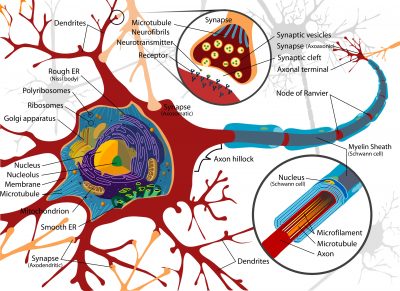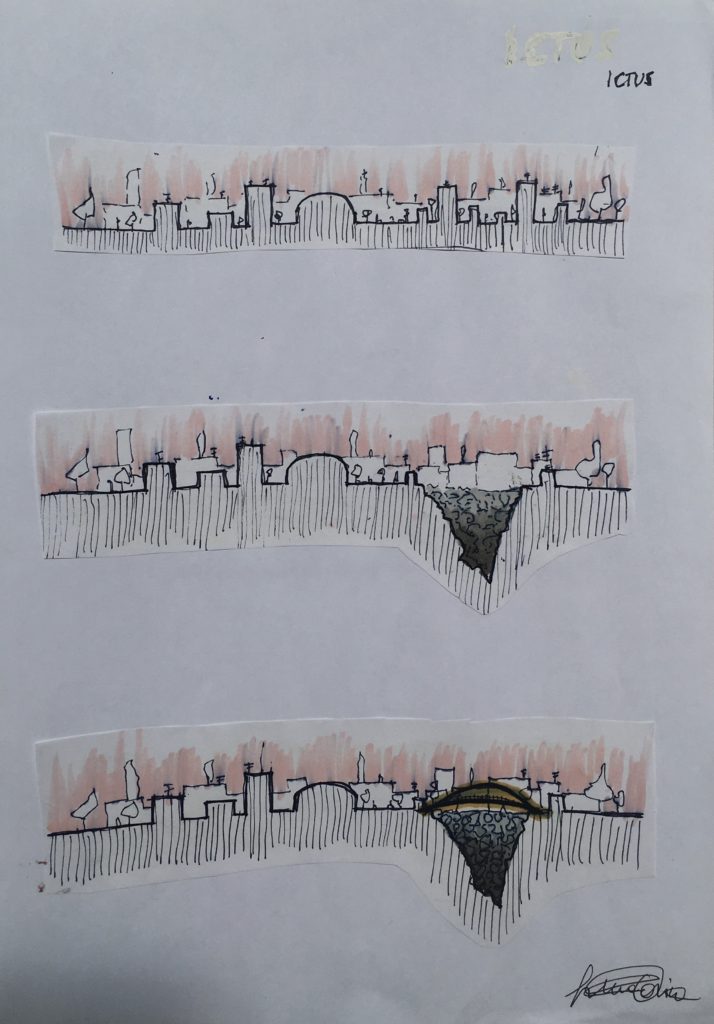Neurorehabilitation and neuroplasticity
Neurorehabilitation concerns the treatment of patients with diseases affecting the central nervous system (SNC) or peripheral.
In CNS lesions or pathologies, neurorehabilitation mainly aims to stimulate and guide neuroplasticity.
Neuroplasticity it is the intrinsic ability of the CNS to vary and adapt its functional organization, modifying the properties of single neurons or neuronal aggregates, to meet the continuous needs dictated by environmental factors, but also possibly the need to deal with damage to the CNS itself. Each of us is subjected at every moment of our life to stimuli that come from the external environment (but also to stimuli from the internal environment) and our brain changes continuously throughout our life in response to these stimuli.

In the case of stroke, massive phenomena of plasticity occur, stimulated powerfully by the acute damage that the brain parenchyma has suffered.
These phenomena lead to a cortical reorganization, which takes place by drawing on a multiplicity of different resources: the recruitment of new cortical areas that are involved to perform the functions of the damaged areas; the formation of alternative circuits that lead to new connections between the periwound cortex and the different areas of the cerebral cortex; long-distance axonal sprouting, which creates new connections between functionally different cortical areas; neurogenesis with migration of stem cells from periventricular areas towards the peri-infarct parenchyma (the proliferation of these cells in the periventricular areas is stimulated by erythropoietin).

Functional recovery, after CNS damage, it depends on how our CNS "will reorganize" after the damage and this post-injury reorganization is strongly influenced by the stimuli to which the patient is subjected. It is therefore essential, to make the most of the patient's recovery possibilities, that the rehabilitator is able to select those stimuli that can induce a type of functionally advantageous reorganization and inhibit those that can instead have a negative influence. We rehabilitators use methods that have been designed and developed on these principles, and each of them exploits the influence of different types of stimuli in such a way as to best bring out the different possibilities of functional recovery of each patient.